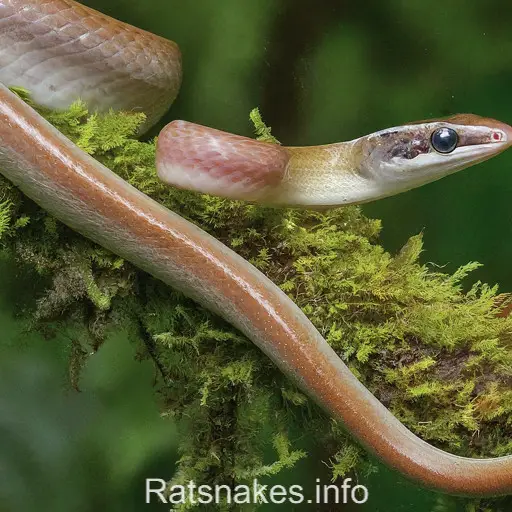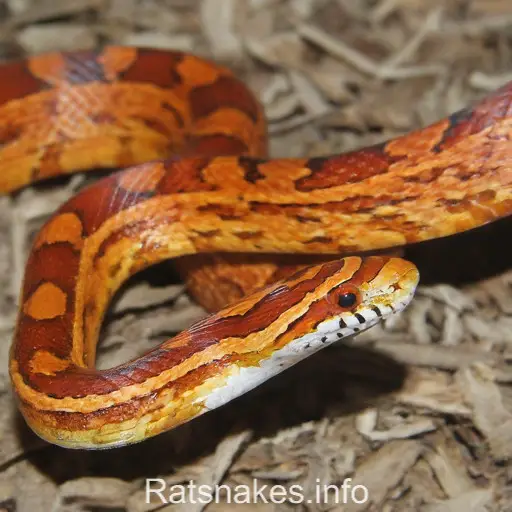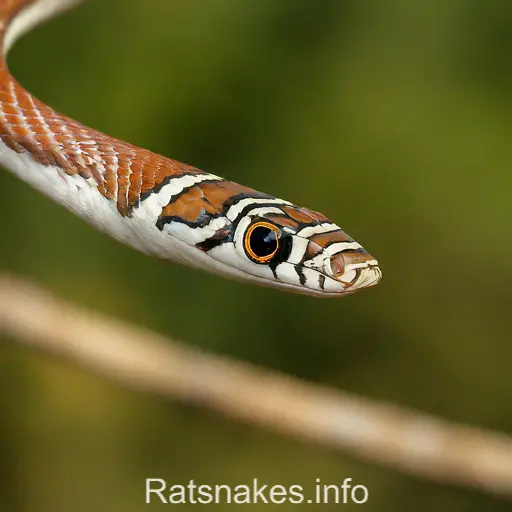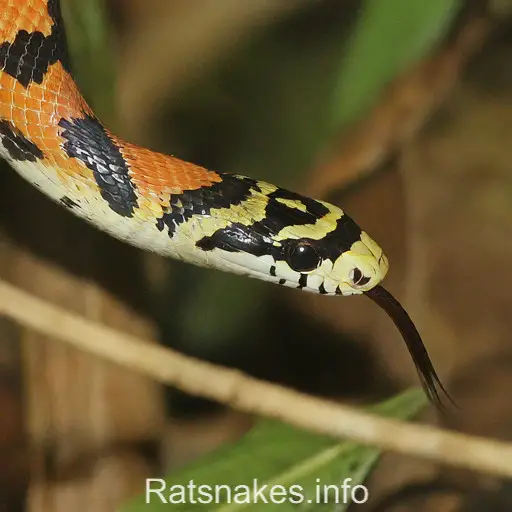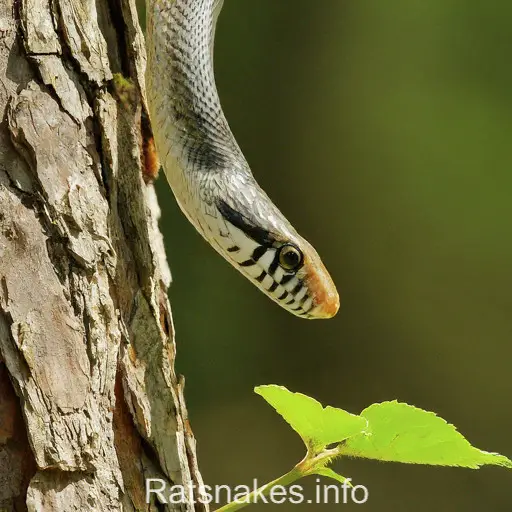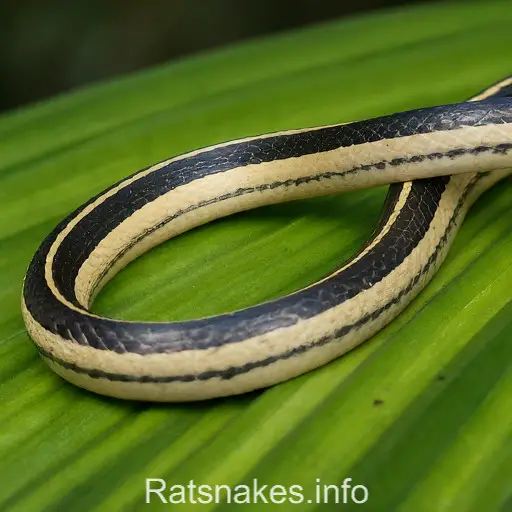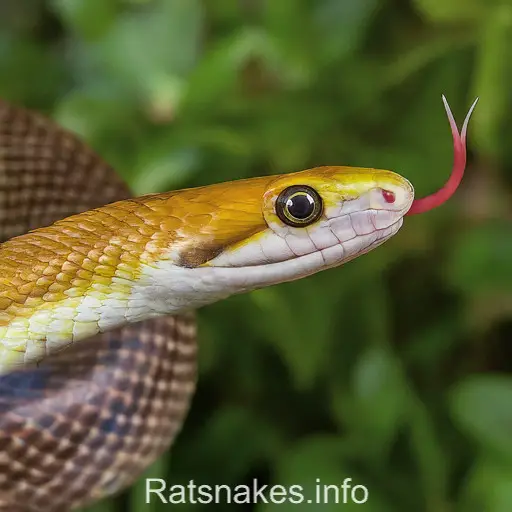
Are you ready to dive into the fascinating world of the Baja California rat snake? These sleek and colorful serpents are a sight to behold in the wild landscapes of their native habitat. Join us as we explore the unique characteristics and behaviors that make these snakes a standout species in the reptile kingdom.
With their vibrant hues and slender bodies, Baja California rat snakes are not only visually striking but also play a vital role in their ecosystem. From their hunting techniques to their preferred habitats, we’ll uncover the secrets of these elusive creatures together. Let’s unravel the mysteries of the Baja California rat snake and gain a deeper appreciation for the wonders of nature that surround us.
Origins of the Baja California Rat Snake
The Baja California rat snake is native to the Baja California Peninsula in Mexico. They are primarily found in the arid regions of the peninsula, showcasing their resilience to harsh environments.
These magnificent snakes have adapted to thrive in the unique desert landscapes, making them an essential part of the local ecosystem. They play a crucial role in controlling rodent populations, maintaining a delicate balance in their habitat.
One fascinating aspect of the Baja California rat snake is its evolution over centuries, developing colors and patterns that help them blend seamlessly into their surroundings. Their distinct appearance not only aids in camouflage but also adds to their mystique in the world of reptiles.
Physical Characteristics
When it comes to Baja California rat snakes, their physical characteristics are truly remarkable. Here are some key points to know:
- Size: They typically measure between 3 to 5 feet in length, with females being slightly larger than males.
- Coloration: Their coloration can vary greatly, ranging from shades of orange, red, brown, and grey, often with distinctive patterns that help them blend in with their surroundings.
- Patterns: These snakes often have stripes, speckles, or blotches along their bodies, adding to their unique appearance and making them visually striking.
- Eyes: Baja California rat snakes have large eyes with round pupils and excellent eyesight, allowing them to hunt effectively, especially at dusk and dawn.
- Scale texture: Their scales are smooth and slightly keeled, providing them with a sleek appearance and aiding in movement across various terrains.
- Distinctiveness: One of the most fascinating physical characteristics of these snakes is their ability to flatten their bodies when threatened, giving them a wider appearance and making them appear more intimidating to predators.
These physical traits not only make the Baja California rat snake a visually captivating species but also play a crucial role in their survival and behavior in their natural habitat.
Color Variations and Patterns
When it comes to color variations and patterns, the Baja California rat snake truly stands out in the reptile world. These snakes boast a diverse range of hues, including shades of orange, red, brown, gray, and black that often form intricate patterns along their slender bodies.
One of the most striking aspects of their coloration is the way these snakes use it for camouflage in their natural habitat. The blend of colors and patterns allows them to seamlessly blend into their surroundings, making it easier for them to hunt prey and evade predators.
From vibrant stripes to subtle speckles, the patterns on these snakes’ scales are as unique as fingerprints. Some individuals may display bold stripes running the length of their bodies, while others exhibit intricate geometric patterns that provide effective camouflage in their desert environment.
These color variations and patterns not only add to the visual appeal of the Baja California rat snake but also play a crucial role in their survival in the wild. The ability to blend in with their surroundings helps them remain elusive and thrive in their natural habitat.
Habitat and Distribution
When it comes to habitat, Baja California rat snakes are primarily found in the arid regions of Baja California, Mexico. These snakes thrive in a variety of habitats ranging from desert scrublands and rocky areas to coastal plains. Their ability to adapt to different environments allows them to establish a wide distribution within the region.
Baja California rat snakes are known to inhabit areas with sparse vegetation and rocky outcrops, utilizing these features for shelter and protection. These snakes are skilled climbers and can often be found basking in the sun on rocks or hiding in crevices to escape the intense heat of the desert.
In terms of distribution, Baja California rat snakes are endemic to the Baja California peninsula, with their range extending from the southern tip to the northern regions of the peninsula. While they are commonly found in Mexico, these snakes have also been spotted in parts of the southwestern United States, showcasing their ability to move across different landscapes.
Overall, the Habitat and Distribution of Baja California rat snakes highlight their remarkable adaptability to arid environments and their widespread presence across the Baja California peninsula and beyond.
Hunting Behavior
When hunting, Baja California rat snakes primarily prey on small mammals, birds, eggs, and occasionally insects. They are opportunistic predators, utilizing their excellent sense of smell and heat-sensing pits to locate prey. These snakes are constrictors, striking swiftly and coiling around their prey to suffocate it before consuming.
Hunting primarily takes place during the cooler hours of dawn and dusk when temperatures are more favorable for activity. Baja California rat snakes are known for their patience when hunting, often waiting for extended periods near potential prey locations. Their adaptable diet and hunting strategies contribute to their survival in diverse habitats.
While they are not venomous, Baja California rat snakes are effective hunters due to their stealth, speed, and ability to camouflage in their surroundings. This allows them to ambush their prey successfully. The hunting behavior of these snakes is a key aspect of their ecological role in maintaining population balance within their habitat.
By being efficient predators, Baja California rat snakes play an important part in the ecosystem, contributing to the regulation of small mammal and bird populations. Their hunting behavior showcases their adaptation to the arid environments they inhabit, highlighting their significance in the local food chain.
Reproduction and Life Cycle
When it comes to the reproduction of Baja California rat snakes, they are ovoviviparous, meaning the mother retains and incubates the eggs inside her body until they are ready to hatch, giving birth to live young. This unique aspect of their reproduction sets them apart from other snake species.
Baja California rat snakes reach sexual maturity at around 2 to 3 years of age, with mating season typically occurring in the spring. During this time, males actively seek out females through pheromone trails and engage in intricate courtship rituals to secure a mate.
Once mating is successful, the female will go through a gestation period of approximately 3 to 4 months before giving birth to a litter of 4 to 12 young snakes. These newborns are independent from birth and must fend for themselves, showcasing their instinctual survival skills even at a young age.
As they grow, Baja California rat snakes shed their skins periodically, renewing their scales and allowing for growth. This shedding process occurs more frequently in younger snakes as they experience rapid growth compared to adult snakes.
Throughout their life cycle, these snakes continue to play a crucial role in their ecosystem, contributing to the balance of small mammal and bird populations through their hunting behavior. The harmony between their reproductive habits and predatory nature highlights their significance in the arid regions they call home.
Conservation Status
When it comes to the Conservation Status of the Baja California rat snake, we find some encouraging news. These snakes are listed as a species of least concern by the International Union for Conservation of Nature (IUCN). This classification indicates that their population is stable, and they are not currently facing any major threats or risks of extinction.
One of the key factors contributing to the healthy population of Baja California rat snakes is their adaptability to various habitats within their range. They can be found in different ecosystems, from arid deserts to rocky hillsides, showcasing their resilience to environmental changes.
However, despite their current stable status, it is essential to monitor their populations regularly. Human activities such as habitat destruction, illegal collection for the pet trade, and road mortality can still pose threats to these snakes. By raising awareness about the importance of preserving their natural habitat and avoiding activities that can harm them, we can contribute to the continued well-being of the Baja California rat snake population.
While the Baja California rat snake is currently not considered to be at risk of extinction, it is crucial to maintain conservation efforts to ensure their populations remain stable in the future. By working together to protect these fascinating reptiles, we can help preserve their role in the ecosystem and ensure that future generations can also appreciate their beauty in the wild.
Key Takeaways
- Origins and Adaptations: The Baja California rat snake is native to Mexico’s Baja California Peninsula, where it thrives in arid environments and plays a vital role in controlling rodent populations.
- Physical Characteristics: These snakes typically measure 3-5 feet, display vibrant colors like orange and red, have keeled scales for movement, and can flatten their bodies when threatened.
- Color Variations and Patterns: With diverse hues and intricate patterns, Baja California rat snakes use their coloration for camouflage, aiding in hunting and evading predators in their desert habitat.
- Habitat and Distribution: Endemic to the Baja California peninsula, these snakes adapt to various habitats like rocky areas and coastal plains, showcasing their adaptability to arid environments.
- Hunting Behavior: Baja California rat snakes are constrictors that prey on small mammals, birds, and eggs, using stealth and camouflage for successful ambushes during dawn and dusk.
- Conservation Status: Classified as a species of least concern, it is crucial to monitor and protect Baja California rat snakes from threats like habitat destruction and illegal collection to ensure their stable population and well-being.
Conclusion
The Baja California rat snake stands as a resilient species, classified as least concern by the IUCN. Despite facing threats like habitat destruction and illegal collection, their adaptability and stable population offer hope for their continued existence. It is crucial for us to prioritize ongoing monitoring and conservation efforts to ensure the preservation of these snakes and their vital role in the ecosystem. By taking action now, we can contribute to a future where these magnificent creatures thrive in their natural habitats, enriching our biodiversity for generations to come.

